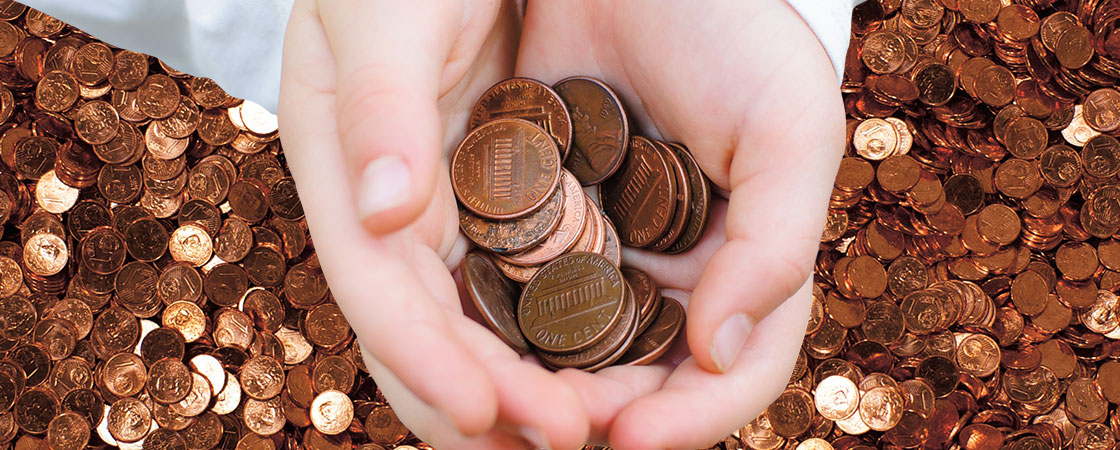In the early 1900s, you could treat yourself to a candy feast for just a few cents. Many sweets—such as Tootsie Rolls, licorice, and bubble gum—cost just one penny each.
Today, finding a penny on the sidewalk might be good luck. But it won’t do you much good otherwise. There’s almost nothing you can buy for less than five cents. Some people wonder: Do we still need the penny?
In the early 1900s, you could buy yourself a candy feast for just a few cents. Many sweets, like Tootsie Rolls, licorice, and bubble gum, only cost one penny each.
Today, it might be good luck to find a penny on the sidewalk. But it won’t do you much good otherwise. There’s almost nothing you can buy for less than five cents. Some people wonder: Do we still need the penny?

